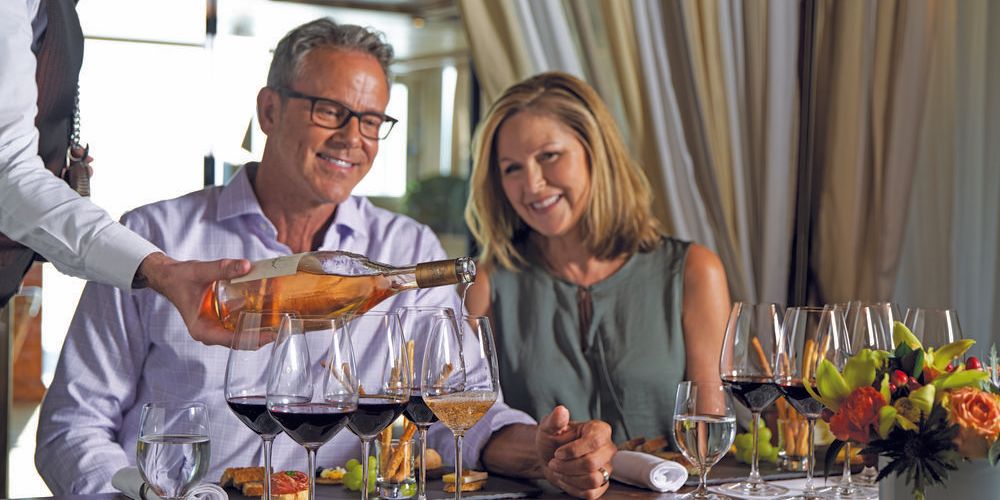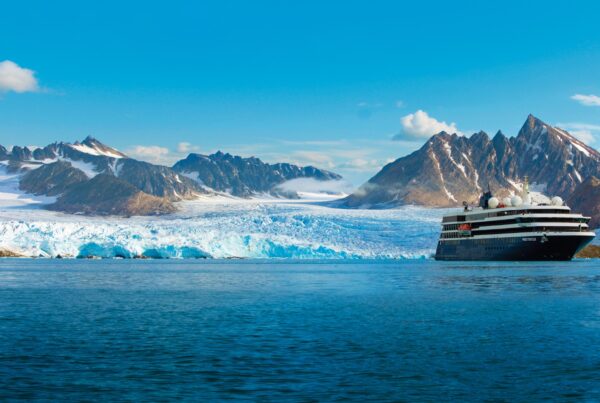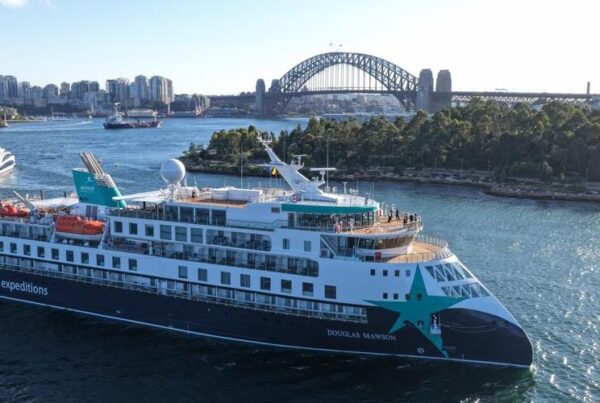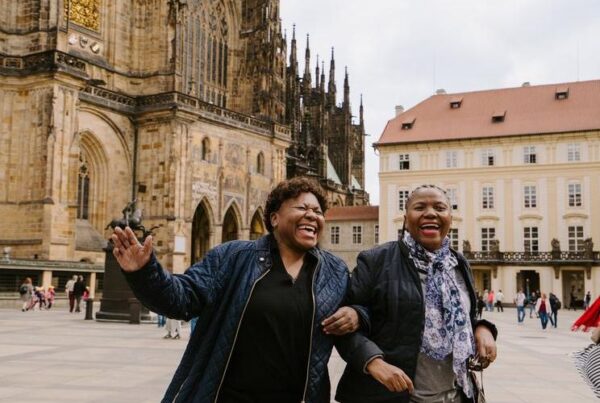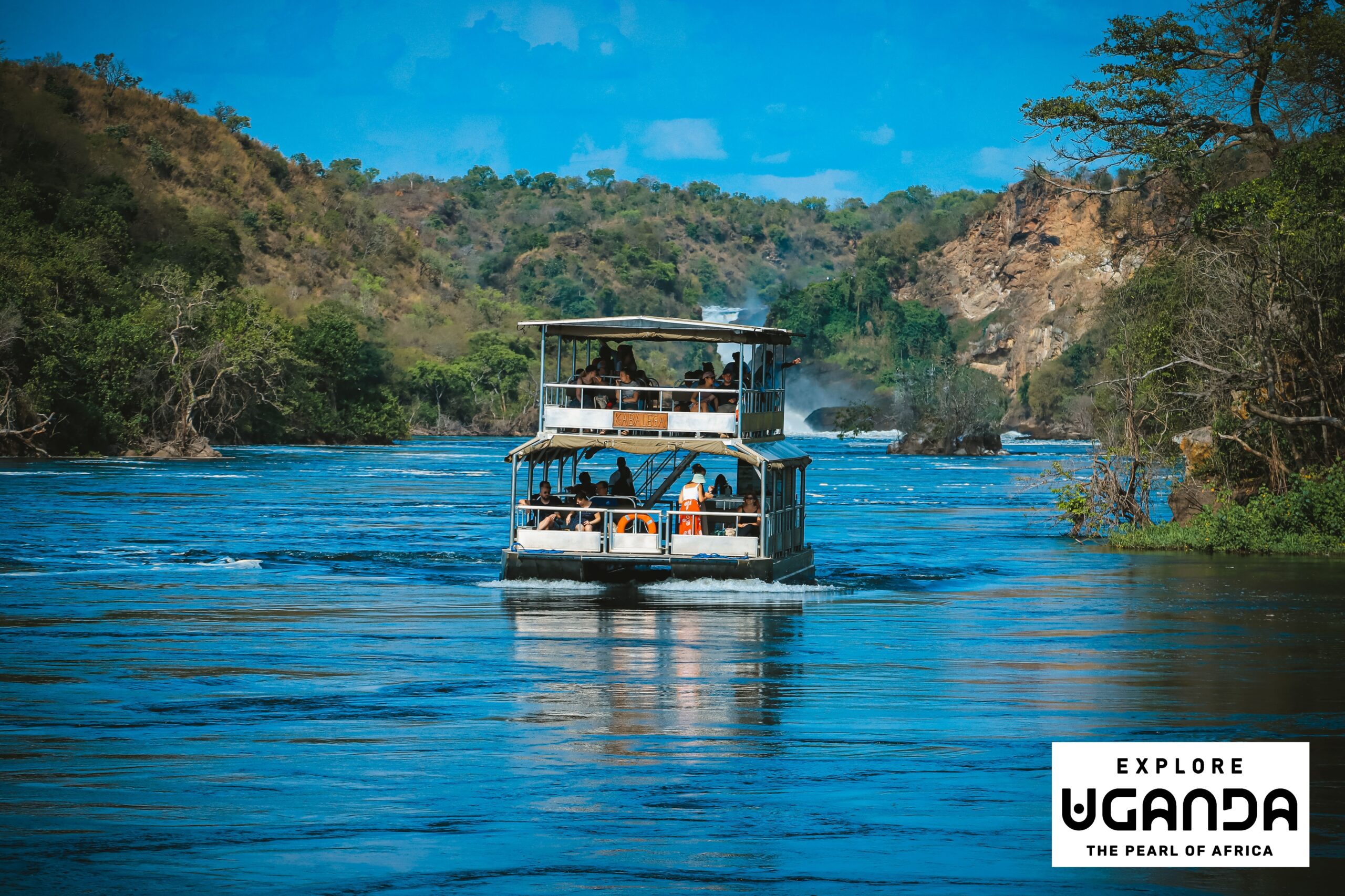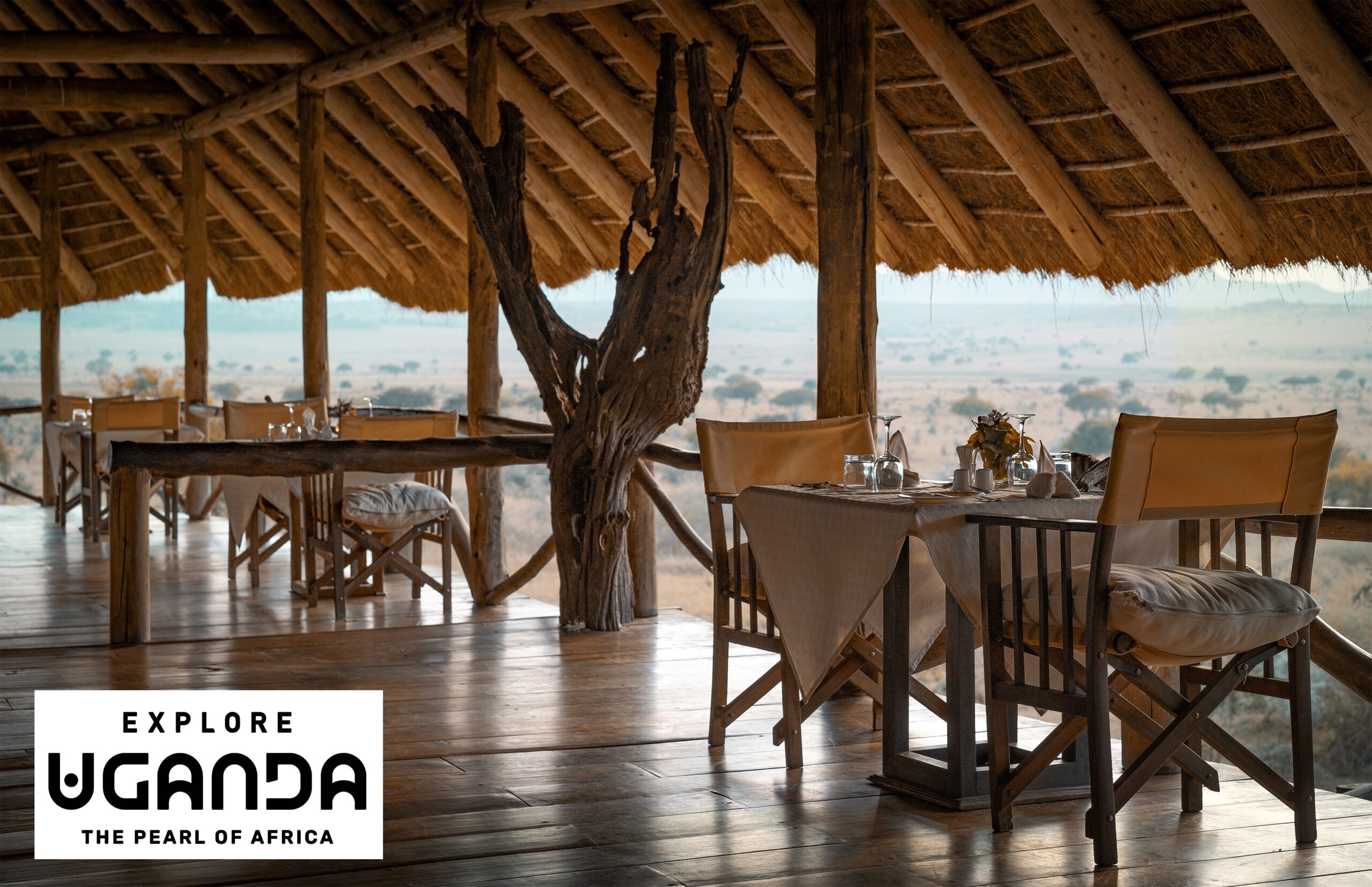Strong booking trends, a growing appetite for premium travel experiences and exciting new innovations paint an encouraging picture for the future.
Speaking to Traveltalk at the recent Cruise360 conference, senior executives from Regent Seven Seas Cruises (RSSC) and Oceania Cruises painted an optimistic picture of the sector’s trajectory.
“We’re seeing a very buoyant market,” said Steve Odell, Senior Vice President International & Consumer Sales, RSSC & Oceania.
“While there have been some shifts in local deployment, overall trends are moving up again, which is great news.”
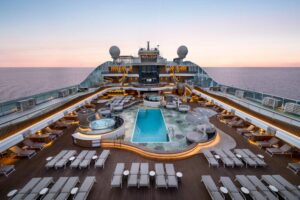 Mr Odell said that the luxury cruise segment in particular is showing remarkable resilience, noting that their bookings are extending further into the future than ever before, with some itineraries already reserved through 2028.
Mr Odell said that the luxury cruise segment in particular is showing remarkable resilience, noting that their bookings are extending further into the future than ever before, with some itineraries already reserved through 2028.
“We’re out now with Regent until May 2028 and we’re just about to drop out May ‘28 for Oceania as well,” he revealed.
A key driver of this growth is the increasing wealth being enjoyed across different age demographics.
“For the next 15 to 20 years, the world will never have seen so much money,” said Lisa Pile, Vice President Sales & General Manager APAC, Regent Seven Seas.
“The luxury space is doing very well because we’re getting younger clientele who aren’t waiting anymore. They’re spending their money, they’re travelling longer and they have their wish list.”
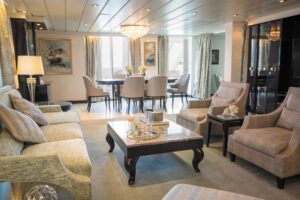 The industry is responding to this demand by designing groundbreaking new ships that cater to evolving customer expectations. Mr Odell revealed ambitious expansion plans, with 13 new ships ordered between now and 2035, focusing heavily on luxury experiences.
The industry is responding to this demand by designing groundbreaking new ships that cater to evolving customer expectations. Mr Odell revealed ambitious expansion plans, with 13 new ships ordered between now and 2035, focusing heavily on luxury experiences.
“We’re designing ships that have to be innovative,” Mr Odell said. “They’ve got to fit the next generation of travellers. They’re probably going to be a little bigger to be economically successful, but with more personal space, bigger staterooms and more dining choices.”
The executives also addressed recent challenges, including Disney’s decision to exit the Australian market.
Mr Odell believes several factors would have been at play in the cruise line making that decision, including operational challenges, infrastructure and costs.
“And then the question comes, is it easier to go somewhere else where the cost is lower and the margins can be higher? Australia tends to operate in a bit of a vacuum when it comes to that kind of stuff.
“Disney is now going into their five-year Singapore cycle where they know that they’ve got a big source market – they can tap into seven or eight countries, including India.
“But here, we’re on the last bus stop. People are probably not going to fly to Sydney to take a Disney cruise from Asia. They’re going to go to Singapore. So we’re really dependent on the local source market.
“For Australians, the all-inclusive tariffs are quite important because we tend to travel for a long time so you need the value in the ticket which says ‘okay, I’m not spending on food, I’m not spending on entertainment, I’ve got all these things already paid for’. So I think that plays into our hands very well.”
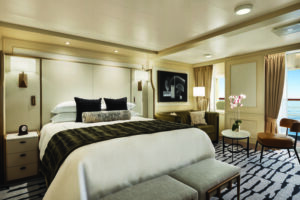 Opportunities in the local market include fly/cruise, which was a hot topic at the Cruise360 conference. Several senior executives stressed the opportunity for growth in that segment.
Opportunities in the local market include fly/cruise, which was a hot topic at the Cruise360 conference. Several senior executives stressed the opportunity for growth in that segment.
Unfortunately, airline capacity remains a sticking point, with Ms Pile earning a round of applause from attendees when she called on the airlines to provide more seats.
“We’re only sitting at 102 per cent since before the pandemic so that’s not a big rise. It’s very restrictive,” she told Traveltalk.
The opening of the new Western Sydney airport, Turkish Airlines launching direct flights from Australia and a codeshare between Qantas and China Eastern to South America will all help add ‘bums on seats’.
“That’s all fantastic diversity, but we still need more seats. And if you’re looking at that luxury space, we don’t have enough capacity in that upper premium seat category through to first class,” Ms Pile added.
“Getting people onto cruises out of local ports is an opportunity, I would say, because we have a lot of capacity in the region in the summer months,” commented Mr Odell.
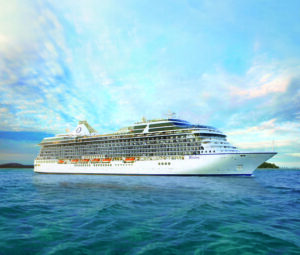 Travel agents remain crucial to this ecosystem.
Travel agents remain crucial to this ecosystem.
“They’ll always be the main channel of distribution,” Mr Odell stated. “Travel agents have their networks, their communities. They tell our story and bring new-to-brand or first-time sailors.”
Despite its challenges, the cruise industry remains resilient. Globally it is projected to grow from 37 million to 42 million cruisers, with 52 new ships expected by 2028, many in the small ship segment.
Emerging trends point towards wellness, cuisine and immersive destination experiences, catering to a younger and more demanding demographic.
The industry is keenly aware of the changing face of its guests. While baby boomers will remain a core market for the next 15-20 years, companies are preparing for Gen X, millennials and Gen Z travellers.
Mr Odell believes the industry’s flexibility is one of its strengths in catering for the new breed of cruise guest.
“We’ve been through a pretty tough couple of years where we probably had the book thrown at us. We’re very fortunate in this industry that we can move our assets.
“We have to see what kind of things they’ll want. We think it’ll be a lot about wellness, healthy living and cuisine.
“There’s a demand, there’s resilience. This is a very strong industry that keeps pushing forward.”
Oceania Cruises will debut its 1,250-guest ship, Oceania Riviera (pictured above), in Australia and New Zealand for a series of voyages ranging from 14 to 35 days, from November to March 2026.
Seven Seas Explorer will return to Australia on December 27 before sailing to Auckland on her 15-night New Year sojourn, ‘Aussie Bites and Kiwi Sights’.
Seven Seas Mariner® will visit local waters in March 2026 as part of her 154-night 2026 World Cruise.
https://www.oceaniacruises.com/
